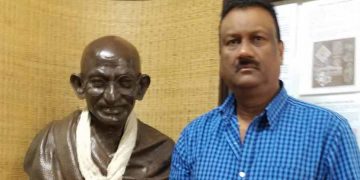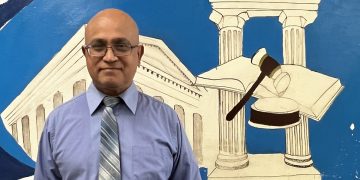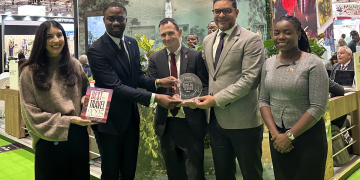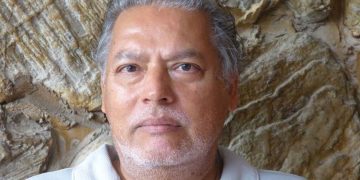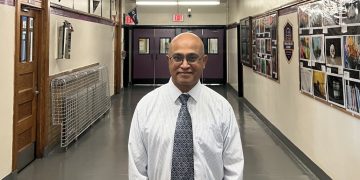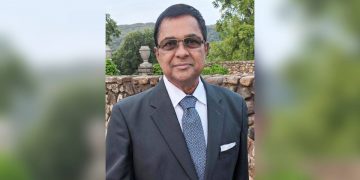Guyanese and the Indo-Caribbean practice of Hinduism was showcased in Jamaica, Queens over seven nights and a day (Ramayana in the Park) last week concluding Sunday morning. Hinduism was brought from India to the Caribbean and from there to North America by Indo Caribbeans. Guyanese and other Caribbean Hindus started coming and settling in the US from the 1960s. The Hindu population has been growing since then with the bulk of Hindus arriving during the 1980s. The New York area is now home to hundreds of thousands of Hindus from almost none prior to 1965.
The annual Indo-Caribbean weekly discourse on the Ramayana was held from August 7 to 14 under a large tent at the courtyard of the Shri Surya Narayan Mandir Rama in Jamaica, Queens. This Ramayan in the Park Yajna was sponsored by the Federation of Hindu Mandirs and the USA Pandits Parishad. Its aim is to bring Hindus from different Mandirs and Hindu Organizations in NYC under one umbrella to reflect on the values and principles of Prabhu Shri Ram. The Ramayana in the Park began in 2008. There are now two Ramayana in the Park — one at Surya Mandir and one at Arya Samaj ground on 133rd Street.
The sessions allowed Hindus and others to come together to celebrate their faith. It also served to raise awareness of Hindu practices and the sessions centered on the life of Lord Rama, Goddess Sita, and Lord Hanuman and different aspects of Hinduism. Several mandirs came together to sponsor and host the sessions as a way to educate the public about Hindu practices and customs. Pandits from the Caribbean community presented the teachings of the Holy Ramayana and its relevance to modern living. A pandit read from the holy book of Raamcharitmaanas, which details the works of the Lord Rama. The holy book is made up of some 24,000 verses spread out over seven books.

Started in 2008, it was called ‘Ramayana in the Park’ attracting hundreds at each session presided over by a different pandit. Ramayana in the Park features readings and explanations of the holy Ramayana. The holy book captures the life (trials, tribulations, and success) of Lord Rama and his family and his wife Goddess Sita. Lord Rama is the seventh Avatar and great devotee of Lord Vishnu.
Worshippers listened attentively to the discourse of the pandit who narrated a small section of the holy book, drawing examples of the life of Lord Rama. The congregation listened to the songs and clapped to the music associated with the Ramayana. Hindu chants echoed under the tent and blocks away. Several politicians and community leaders graced the sessions.
The crowd was dressed in traditional Indian attire. The females were dressed in colorful saris and shalwar kameez and orni (head covering) and the men in kurta. The pandits were attired in dhoti and phagri (head covering).
As the pandit narrated the discourse on the sangasan (his seat), havan (puja) was performed on the left side on the flooring by several devotees assisted by pandits. They tended to a fire in the kund on which sweet smelling incense was burned. The burning of the incense purifies the air of the atmosphere and to protect the ozone layer from pollution.
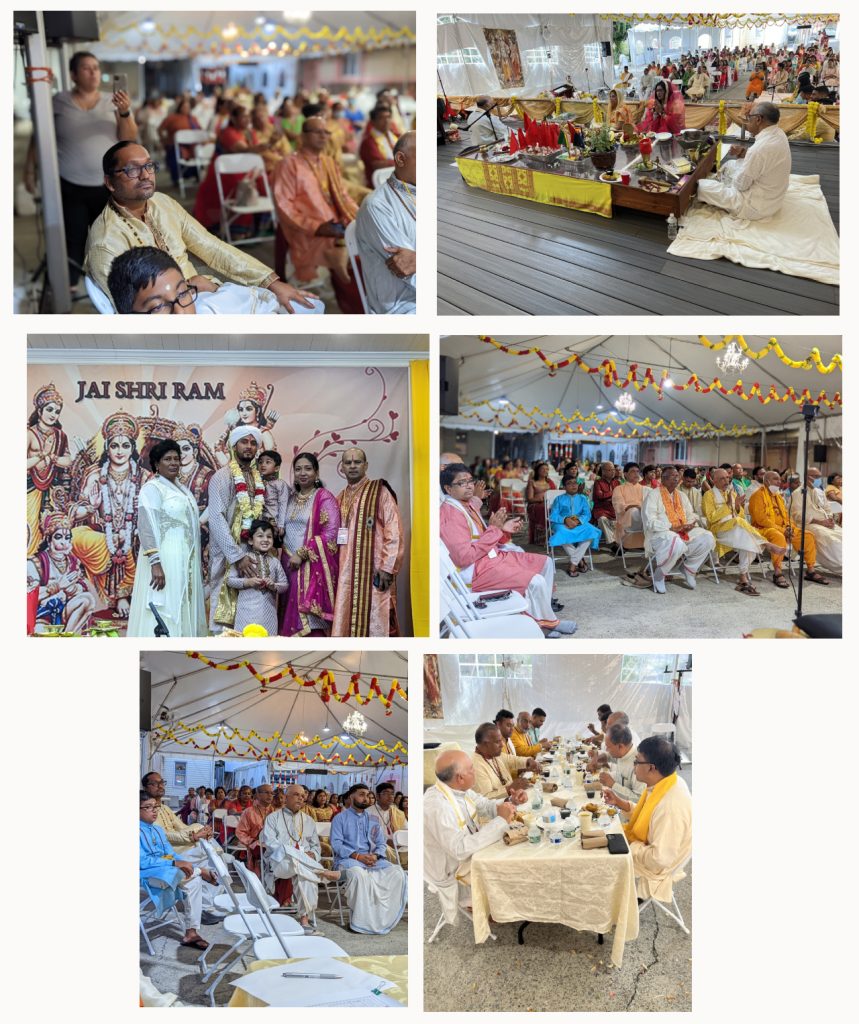
The pandits uttered, “Jai Shree Ram!” – victory to Lord Rama – singing praises to Him. The pandit and the gathering also prayed for the safety of city and the American nation that has been kind to them ever since their migration from around the Caribbean and beyond. As a pandit stated, the lord keeps the city safe from evil.
Pandit Ram Hardowar, President of Federation of Hindu Mandirs, who is also the spiritual head of the Surya Narayan Mandir, gave a masterful presentation summarizing the Ramayana Sunday morning concluding the sessions. Pt. Hardowar thanked the sponsors and supporters and all the pandits for their enormous contributions to make the event a grand success. Many attendees said they haven’t gotten enough of “Ramayana in the Park”.
















